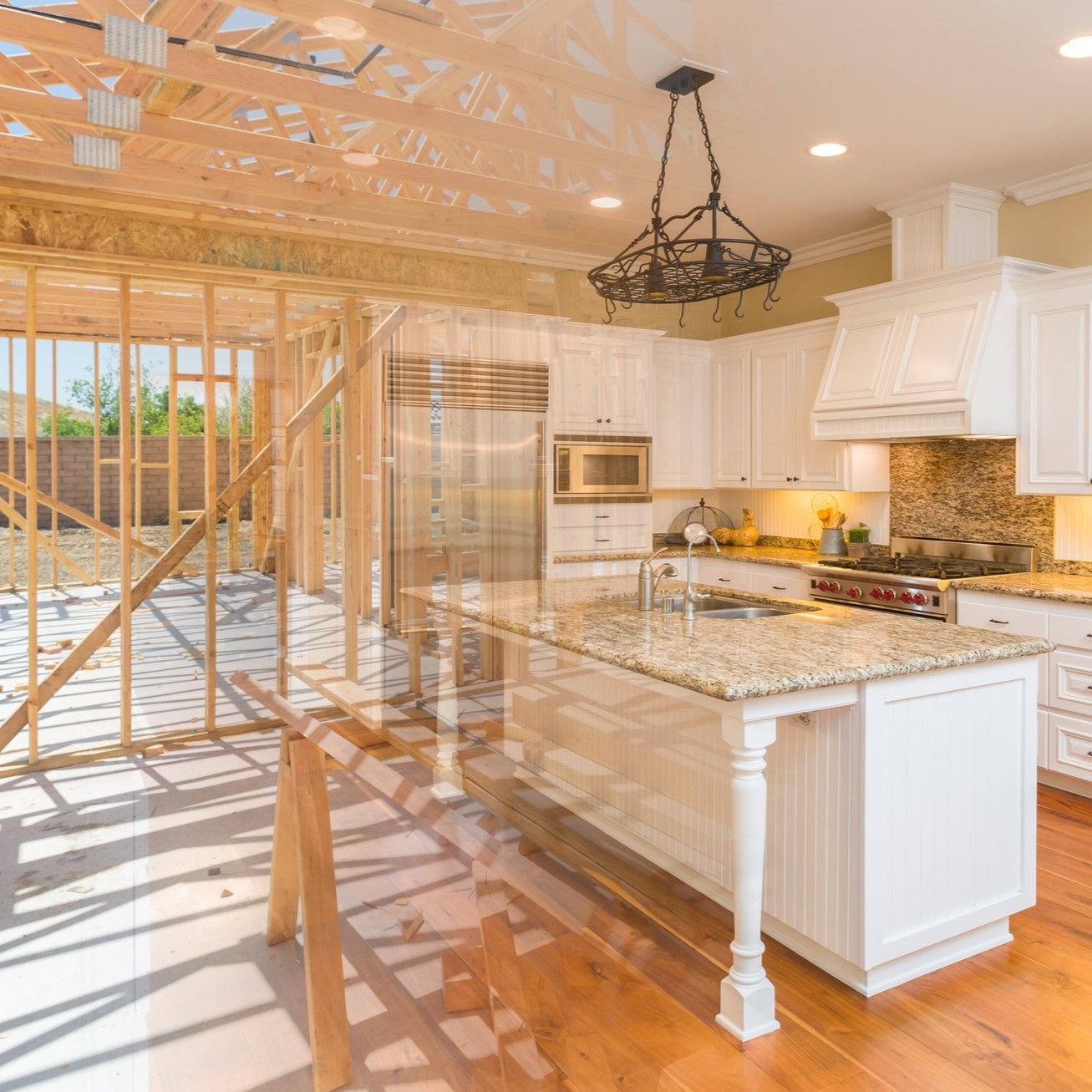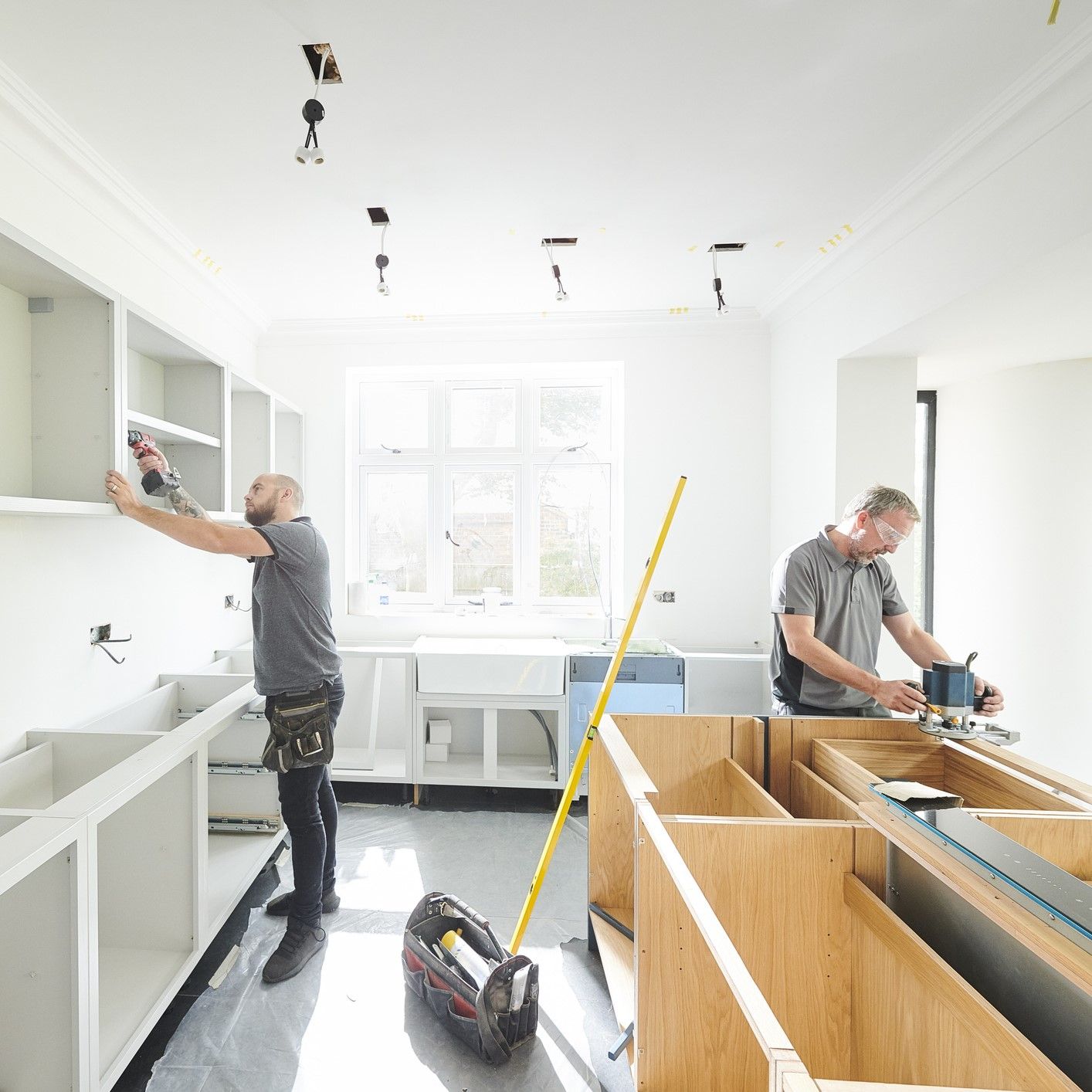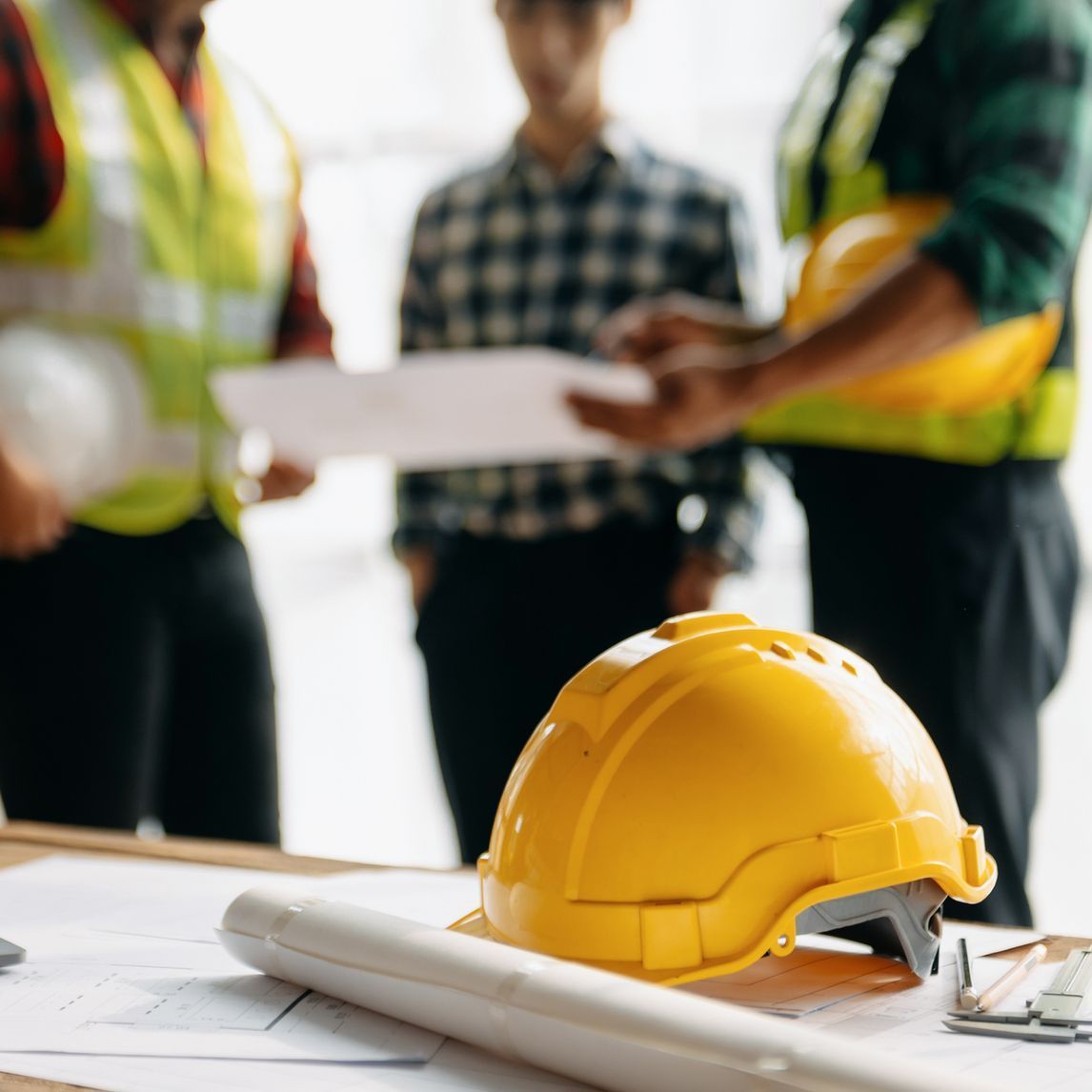Our homes are meant to be a sanctuary of safety and comfort. However, whether we live in an existing structure or are building a home from the ground up, it’s essential to consider how our house impacts our neighborhood, community, and the environment.
In 2020, the U.S. Energy Information Administration (EIA) reported that residential energy accounted for
22% of all energy consumption in the United States. Additionally, the average American homeowner
spends about $1,400 annually
on energy bills.
Thankfully, there are several ways you can make your home more carbon-neutral and decrease the amount of energy your house requires while reducing your utility costs. Here are six renovations that will help you achieve greater sustainability, regardless of whether you’re building new construction or remodeling an older house.
1. Airtight Insulation
Air may leak through your home when you have poor insulation or old windows, causing your heating and air conditioning systems to overcompensate and increase energy expenses.
According to the U.S. Environmental Protection Agency (EPA), you can save about 15% on heating and cooling costs when you seal your home correctly. This could include adding insulation to your attic or basement and installing airtight windows.
Insulating your home doesn’t just help you save energy and money, though. It can also improve your comfort levels during the hottest summer months or when the temperatures drop below freezing in the winter.
This particular carbon-neutral renovation does come with a hefty price tag. On average, it may cost between $3,000 and $7,000 to insulate your home , starting on the exterior siding and walls, ceilings, attic, crawl spaces, and basement. You could even spend upwards of $30,000 to insulate a 2,500-square-foot house on the high end.
However, proper insulation can help reduce exterior noise pollution, prevent allergens and pests from entering your house, and control humidity levels.
2. Energy-Saving Lighting
Not every carbon-neutral renovation has to be an enormous undertaking. Sometimes minor changes make a huge difference in living greener. For example, rethinking your lighting situation can save a lot of energy and money in the long run.
Light-emitting diode (LED) lightbulbs can produce 90% more efficient lighting than traditional incandescent lighting. LEDs also do not burn out like their less-efficient counterparts; they simply grow dimmer, slowly, over time.
Solar LED lighting may be another option for creating carbon neutrality outside your home. Light up your garden beds, walkways, and driveway with solar lights that absorb energy during the daytime sun to shine brightly at night.
Homeowners use their home’s lighting features frequently. By retrofitting your lighting system for energy efficiency, you can dramatically reduce your energy consumption and maintenance, lessen electricity demand, and lower your operating costs. You’ll also benefit from improved lumination and light distribution, and a lower carbon footprint overall.
3. Energy-Efficient Appliances
Creating a carbon-neutral home is more than just swapping out lightbulbs and filling in air leaks. Check out your appliances. If your refrigerator and stovetop are as old as your historic house, it may be time to purchase a newer model.
Today’s appliances – dishwashers, refrigerators, washing machines, dryers, stovetops, ovens, microwaves – are built for energy efficiency and can reduce your utility bills.
In addition to saving you more energy, updating your home’s appliances can help you conserve resources like water, oil, and natural gas. Energy-efficient appliances will also reduce your home’s air pollution , making it more environmentally friendly and sustainable.
According to the U.S. Department of Energy, energy-efficient appliances can accrue the following savings on your electricity bills and energy per year throughout their product lifetimes:
- Clothes dryer: 20% less in energy requirements with savings of $210
- Clothes washer: 40-50% less electricity, 55% less water with savings of $50
- Refrigerator: 40% less energy consumption than refrigerators sold in 2001
- Dishwasher: 12% more energy-efficient with savings of $25
The life expectancy of most energy-efficient appliances is between 10 and 20 years , so savings have the potential to add up significantly.
4. Upgraded HVAC Systems
Imagine it’s the hottest day of August and your old air conditioner breaks. Considering the amount of greenhouse gas emissions you produce from cooling your house, a faulty AC unit can waste energy , emit harmful pollutants, and cost you more money.
Upgrading your heating, ventilation, and air conditioning (HVAC) systems can significantly improve your quality of life and your home’s energy efficiency. The Energy Information Administration estimates that cooling accounts for
16% of energy consumption
in residential buildings.
Modern HVAC systems integrate smart technologies to improve your energy consumption. For example, smart thermostats allow you to control the temperature in your home more efficiently while also isolating certain cooling and heating outputs within specific rooms.
The average cost to replace your HVAC system is between $5,000 and $11,000 , depending on how big your house is, the labor, unit size, and the brand.
5. Update the Plumbing
Plumbing is also a major consumer of energy and water in the home. If you live in an older structure, you might consider updating your plumbing fixtures – including faucets, showerheads, and toilets – to conserve water and improve efficiency.
Your house could leak about 10,000 gallons of water annually from broken toilet flappers, leaky valves, and dripping faucets. As far as renovations go, these are relatively easy fixes that don’t cost a lot of money and can save you nearly 10% on your water bills.
Replacing the toilets in your bathrooms can also help conserve a lot of water. Older models usually use 6 gallons of water per flush ; however, new toilets only use about 1.28 gallons. Considering toilets account for 30% of a household’s water usage, water conservation is quite impressive with updated products.
6. Renewable Energy
Some homeowners may decide to go off the electrical grid by installing a solar panel, wind turbine, or hybrid system on their roof.
It usually costs about $20,000 to install solar panels in the U.S.; however, several tax incentives and rebates are available that could potentially lower the overall cost.
There are many environmental, energy, and cost benefits of switching to residential renewable power. Depending on where you live, installing solar panels could increase your home value significantly. In states like New Jersey, North Carolina, Hawaii, Florida, and Maryland, homes usually hit the market for 4.1% more than listings without solar.
Considering the productivity lifespan of solar panels is estimated to be about 25 years, average electricity savings of $1,500 annually adds up nicely. Additionally, solar generation will significantly reduce your house’s greenhouse gas emissions and other air pollutants.
Energy-Efficiency for Carbon-Neutral Living
Retrofitting your home for carbon neutrality has many advantages, from being more environmentally friendly to bringing substantial savings on utility bills. It’s also a feasible remodeling project that doesn’t have to break the bank. Transitioning to cleaner appliances, lighting, plumbing, and insulation can be done one step at a time. Thanks to various incentives, these renovations are also more cost-effective than you think.
Recent Blog Posts








